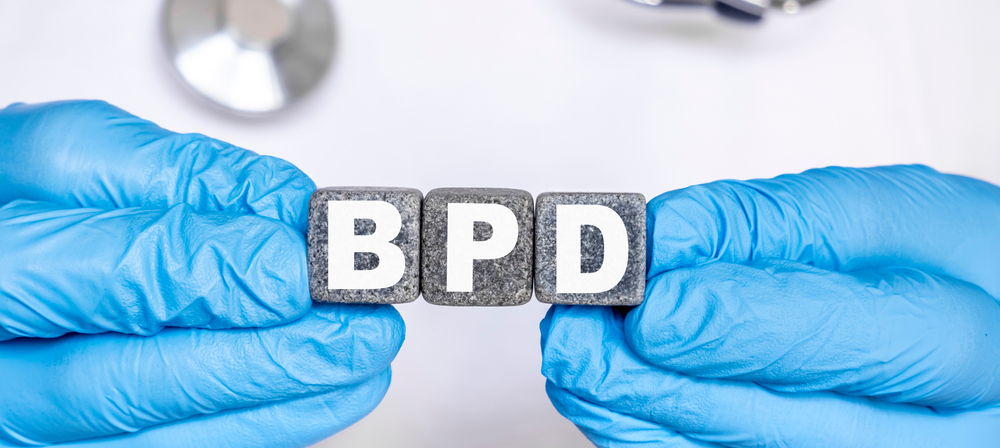Borderline personality disorder (BPD) is listed in the Diagnostic and Statistical Manual of Mental Disorders, Fifth Edition (DSM-5) as a mental disorder. The National Institute of Mental Health (NIH) defines borderline personality disorder as an “illness marked by an ongoing pattern of varying moods, self-image, and behavior.” These patterns will often result in reckless and hasty actions, negatively affecting one’s relationships. The first step in the treatment process for BPD is to obtain an accurate diagnosis from a qualified mental healthcare provider, as this will greatly inform treatment recommendations. To provide a young person with the highest potential for a successful, long-term recovery, a customized and nuanced treatment plan will be created, that considers all treatment options, and incorporates the best possible therapeutic modalities that are expressly geared to each teenager’s unique needs. A treatment plan may include and/ or emphasize any combination of the following options:
- Psychotherapy, some of which may include:
- Dialectical behavior therapy (DBT): is a form of cognitive behavior therapy (CBT) that focuses on how one’s thoughts and beliefs can lead to actions and behaviors. This skills-based approach teaches how to manage emotions, tolerate distress, and improve relationships though group and individual therapy sessions.
- Schema-focused therapy: incorporates aspects of CBT and psychoanalytic theories. It helps to identify unmet needs that have led to unhealthy ways of thinking about the world. Conducted in an individual setting or group setting, schema-focused therapy challenges maladaptive beliefs and behaviors and focuses on promoting positive life patterns.
- Mentalization-based therapy (MBT): emphasizes thinking before reacting. This is accomplished through helping a young person identify his or her own thoughts and feelings and creating an alternate perspective on the situation.
- Transference-focused psychotherapy (TFP): helps an adolescent understand and process his or her emotions and interpersonal difficulties through the developing relationship between the teen and his or her therapist.
- Encouraging healthy and frequent self-care practices
- Eating nutritiously
- Establishing good sleep habits
- Regular exercise
- Remaining hydrated
- Practicing relaxation techniques (e.g., meditation, yoga, journaling, etc.)
- Medication: The Food and Drug Administration (FDA) has yet to approve a medication specifically designed to treat borderline personality disorder. There are, however, certain medications that can help to alleviate and/ or reduce some of the symptoms arising from BPD or co-occurring disorders (e.g., depression, anxiety, etc.).
Integrating a combination of both psychotherapy and medication into one’s treatment plan for borderline personality disorder often yields the most successful, long-term results.
For Information and Support
Every family in need of mental health treatment must select a program that will best suit the needs of their family. When one member of a family struggles, it impacts everyone in the family unit. To maximize the benefits of treatment we work closely with the entire family to ensure that everyone is receiving the support they need through these difficult times. Seeking help is never easy, but you are not alone! If you or someone you know needs mental health treatment, we strongly encourage you to reach out for help as quickly as possible. It is not uncommon for many mental health difficulties to impact a person’s life, long term. Pursuing support at the beginning of one’s journey can put the individual in the best position to learn how to manage themselves in a healthy way so they can go on to live happy and fulfilling lives.
OUR KNOWLEDGEABLE ADMISSIONS TEAM CAN BE REACHED 24/7 AT INFO@PACIFICRTC.COM OR CALL: 800-531-5769






